In these times: Modi to open India's first war memorial since WW II in Bhopal
Amid the war hysteria generated in the wake of the army\'s "surgical strikes", Prime Minister Narendra Modi will inaugurate Shaurya Smarak - India\'s first war memorial since World War II -- in Madhya Pradesh on Friday.
Plans for the memorial are over eight years old. On 10 July 2008, the then Army chief Gen Deepak Kapoor delivered the Col Ajay Mushran Memorial Lecture at Delhi\'s India Habitat Centre. The address was centred around a question that is still relevant, notwithstanding the current jingoistic frenzy: why are Indian youth not attracted to the armed forces?
Gen Kapoor began his speech with a question: "What have we done to increase the appeal of the army among the common masses?"
He went on to lament that the sacrifices of soldiers were often forgotten and the army\'s good work was not highlighted among the people. Then, he asked a question that hushed the audience filled with VIPs: "Why have we not thought of building a memorial in honour of our martyrs since World War II?"
Gen Kapoor\'s fervent speech apparently so moved Madhya Pradesh Chief Minister Shivraj Singh Chouhan he stood up and declared his government would build a war memorial.
A dream realised
Chouhan's announcement was welcomed with thunderous applause, but it was some time before work could begin on the project, no least because the army requested the central government to provide land for the memorial.
Vivek Tankha, the lawyer and Congress Rajya Sabha MP who was seen as the de facto legal advisor to the chief minister, was among the first to pitch the idea. "I was witness to this. Vivek Tankha raised the demand for the war memorial as an organiser. He also sought a housing plan for ex-servicemen in Bhopal and Jabalpur. Gen Deepak Kapoor endorsed these demands and the chief minister magnanimously acceded to them," said Milan Naidu, former army vice chief who was at Habitat Centre that evening.
The foundation stone for the memorial was laid in February 2009 and the work was completed over the next four years. However, it was decided that having just a column for fallen soldiers was not enough, that there should be a "light and sound show" should as well. It took a couple more years to add the show, a library, and war displays.
According to Lt Gen Anil Chait, former chief of the Central Command, "We helped in the building of this memorial with all our heart and provided all the assistance that was required from us. It is a matter of great fortune that we are saluting the bravehearts of this country. I am proud to have been a part of this project. I would also like to congratulate Shivraj Singh Chauhan whose personal efforts went a long way in realising this dream."
Political statement?
The inauguration of the memorial was reportedly delayed for over two years as Rashtrapati Bhawan could not give dates for President Pranab Mukherjee to do the honours.
Now, with Modi doing the inauguration rather than the president, many people are wondering if it's just a coincidence that the memorial will be dedicated to the nation at a time when TV studio warriors and "security experts" are calling for all-out war with Pakistan.
Their claims of being united on issues of national security notwithstanding, every party is playing politics on "surgical strikes". While the opposition is accusing BJP leaders, including Modi, of chest thumping to attract voters in Uttar Pradesh, the ruling dispensation is painting every one who questions their narrative as "anti-national".
No wonder speculation is rife that the inauguration is just part of a "script". Indeed, Modi is addressing retired army personnel and their relatives on the occasion, and the BJP is trying to bring families of the soldiers killed in Uri last month to the event.
Of war and peace
Standing on 12.67 acres of land next to the Vidhan Sabha, Shaurya Smarak has been built at a cost of Rs 41 crore. It consists mainly of a 62-ft tall pillar, on which names of the fallen soldiers have been inscribed on glass boards. Its architecture "portrays the themes of life, war, death and victory over death in a grand style", according to Shona Jain, a Mumbai-based architect who designed the memorial.
There's an amphitheatre on the premises and a round patio "depicting a land inflicted with the ruins of war".
The black square compound is meant to convey the "horrific reality of death and destruction", while a lamp burning in the middle represents the "victory of eternal hope over despair".
"We have tried to build not just a memorial, but a temple. We wanted the visitors to feel reverence for the sacrifices of our brave soldiers. We have poured our heart into the project. The effort was to focus on the themes of life, war, death and the eternal hope of life. The construction is based on the design of a temple. The memorial even has a sanctum sanctorum in it," Shona said.
Underlying the design of the war memorial is the message of Gita about the "ephemeral nature of body and immortality of the soul". While the metal rods decorated with fibre optic lights represent this philosophy, the water below them signifies peace and purity.
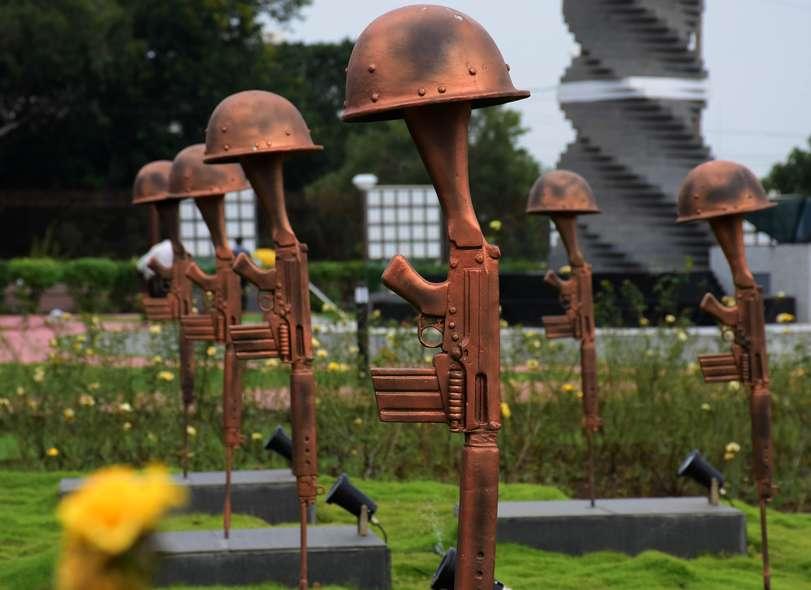
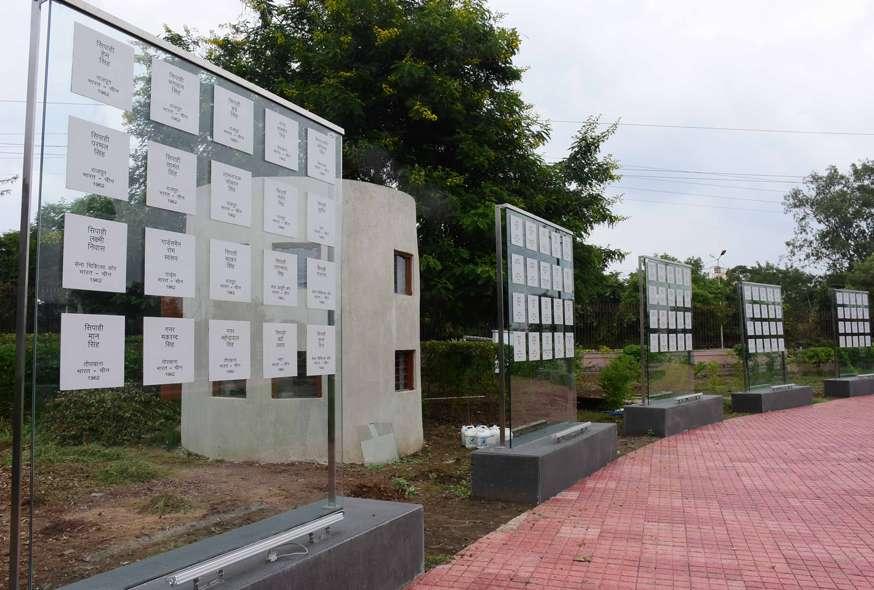
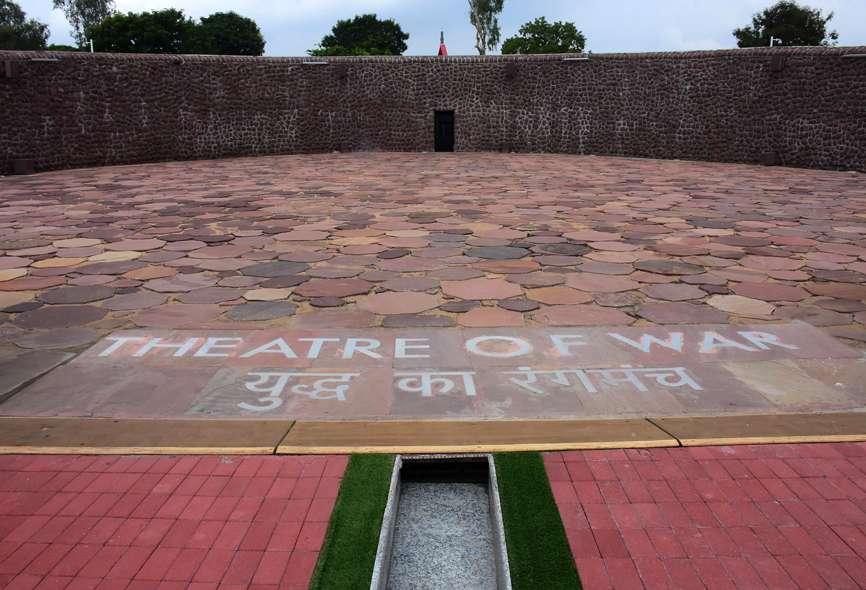
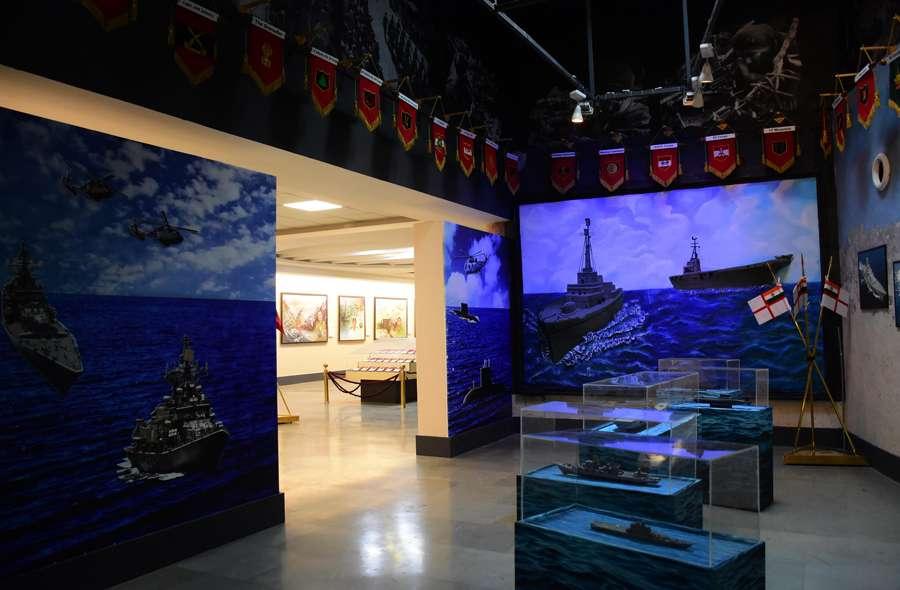
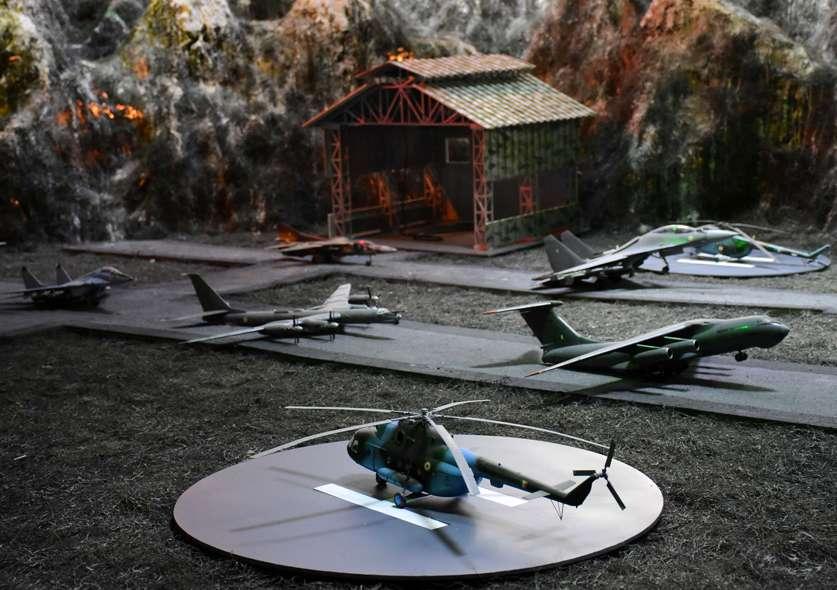
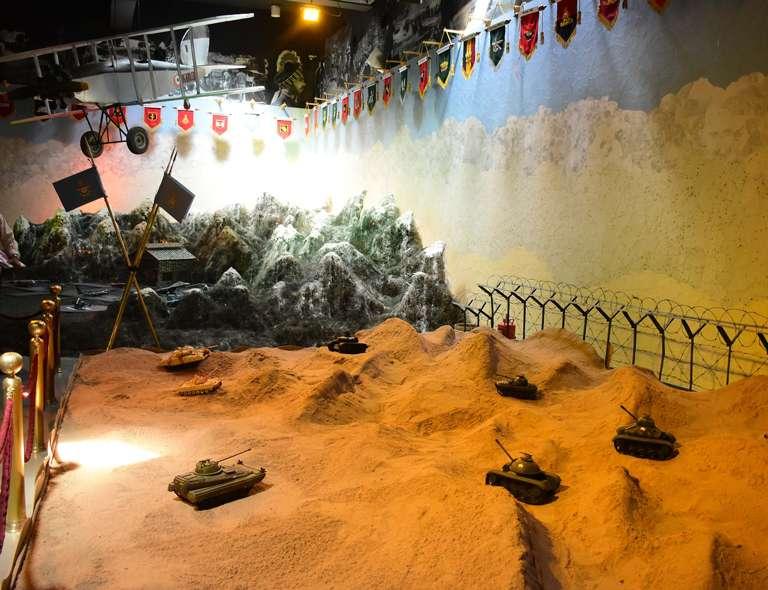
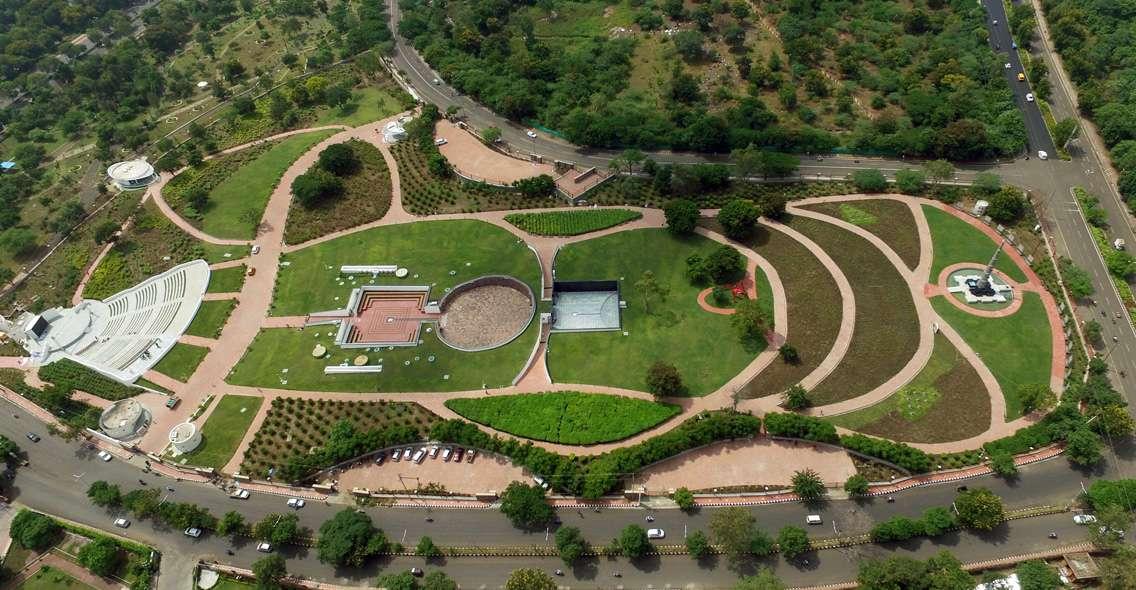
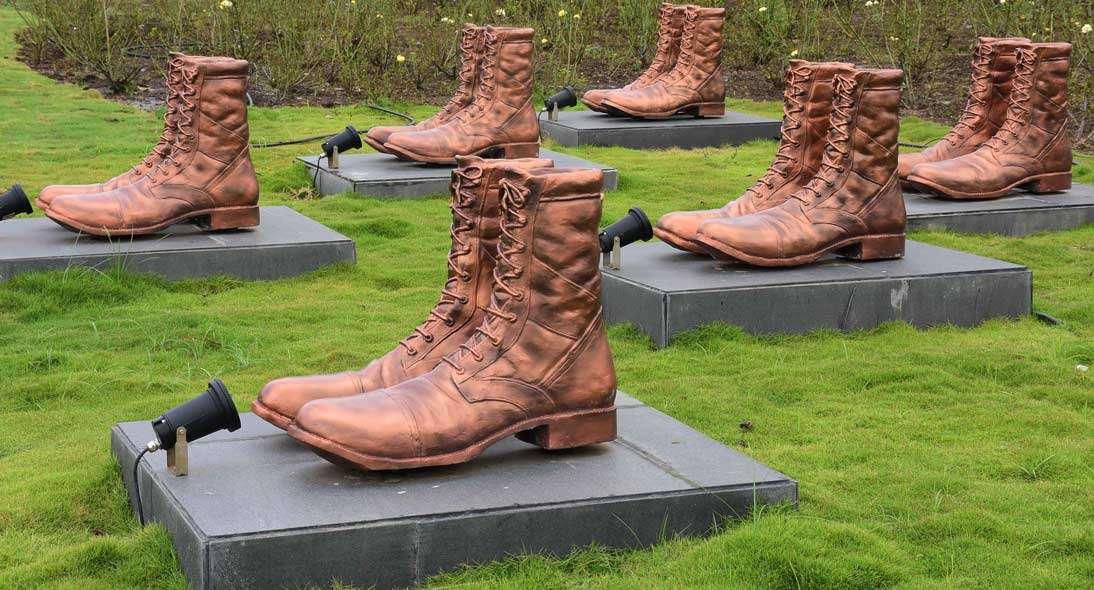





![BJP's Kapil Mishra recreates Shankar Mahadevan’s ‘Breathless’ song to highlight Delhi pollution [WATCH] BJP's Kapil Mishra recreates Shankar Mahadevan’s ‘Breathless’ song to highlight Delhi pollution [WATCH]](https://images.catchnews.com/upload/2022/11/03/kapil-mishra_240884_300x172.png)

![Anupam Kher shares pictures of his toned body on 67th birthday [MUST SEE] Anupam Kher shares pictures of his toned body on 67th birthday [MUST SEE]](https://images.catchnews.com/upload/2022/03/07/Anupam_kher_231145_300x172.jpg)






